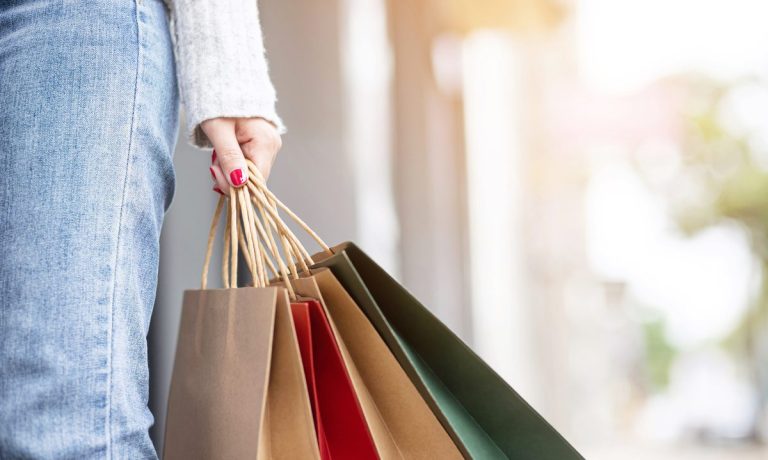Widespread Reports of ‘Resilience’ Lift Hopes in Battered Retail Industry

The parade of retail executives invoking “resilience” in their earnings reports last week was as long as it was diverse. In what was a literal stream of verbal confidence, leader after leader offered fresh business insights from a range of retail categories, telling analysts, in short, that consumers would bend but not break.
The guidance from an industry so closely tied to the heartbeat of the economy, where consumer spending accounts for three-quarters of all activity, provided a much-needed lift to an industry that has been under siege for more than a month, and drifting lower for the past six.
Over and over and over again, the “resilience refrain” was the same, whether it was coming from pet stores, apparel designers, auto parts, cosmetics or dollar stores.
“We operate in a category that remains strong and resilient even in times of economic headwinds,” Petco CEO Ron Coughlin told investors on Tuesday (May 24). Petco’s stock was up 11% last week after the firm reported Q1 results.
“Our consumers are resilient. They’re at the higher end of income demographics, and they’ve proven through COVID that their desire for the brand has increased and that they’ve come back repeatedly,” Ralph Lauren CFO Jane Nielsen said that same morning ahead of what would be a 7% rebound for the week.
The following day, Advance Auto Parts CEO Tom Greco chimed in with a similar message for analysts.
“Our industry has proven to be resilient despite substantial cost inflation across commodities, fuel and wages,” Greco said, giving his company’s shares a 7% lift, that was eclipsed by a 17% jump in rival AutoZone’s stock.
Another day, another industry and the R-word was being used again.
“I know everyone has fears right now on inflation and what happens if there’s a recession,” e.l.f. Cosmetics CEO Tarang Amin told investors on the company’s Q4 earnings call, “but I think mass cosmetics has been pretty resilient in that environment,” he said, his company’s stock was up 22% last week.
Not to be outdone, Dollar General CEO Todd Vasos took the theme to a personal level, with a similar but slightly revised version of the revelation du jour; that despite what the stock market was reflecting and all the reports about consumer trade-down changes and adjustments to shopping habits, customers were still coming out and spending.
“I’ll tell you that the consumer overall has been fairly resilient through this hyperinflation that we’ve seen, not only in the products that she has to buy, but the fuel she has to put in her car and other means,” said Vasos, who has spent half of his 14-year tenure as CEO of Dollar General. “So I would tell you that the consumer is holding up well.”
So Much Resilience, So Little Time
To be sure these five retail leaders were not alone in this shared observation. While every store has its own unique story to tell and circumstances to navigate, the collective impact of this repetitive reminder fueled a broad-based retail rally which saw more than a dozen different stocks jump by 5%, 10% and even 20% over the past five days.
While this emerging industry outlook offered a refreshing narrative change, it is by no means an “all clear” signal that the present mix of macroeconomic challenges is over. If anything, the message was grounded in the fact that unlike the complete shutdown of March 2020 where everything simply halted, the current scenario is far more nuanced.
Sure, consumers are trading down but they’re not shutting down. Consumers, the CEOs said, are undergoing a reprioritization of the brands and categories they value most, and the retailers that are more innovative and connected with their customers are poised to win the prize — both in the short term as well as when things return to normal again.
“Consumers continue to be highly engaged with the beauty category, as they participate in more in-person activities, engage in more travel and lean into experiential spending,” Ulta Beauty CEO Dave Kimbell told investors late last week, as the retailer’s Q1 results triggered a 12% pop in its stock and left it positive for the year-to-date period.
“While macroeconomic pressures, such as rising inflation are top of mind for consumers, their resilience and emotional connection to beauty continues to drive the recovery of the category,” Kimbell added, crediting the combination of demand and execution for delivering better than expected results.